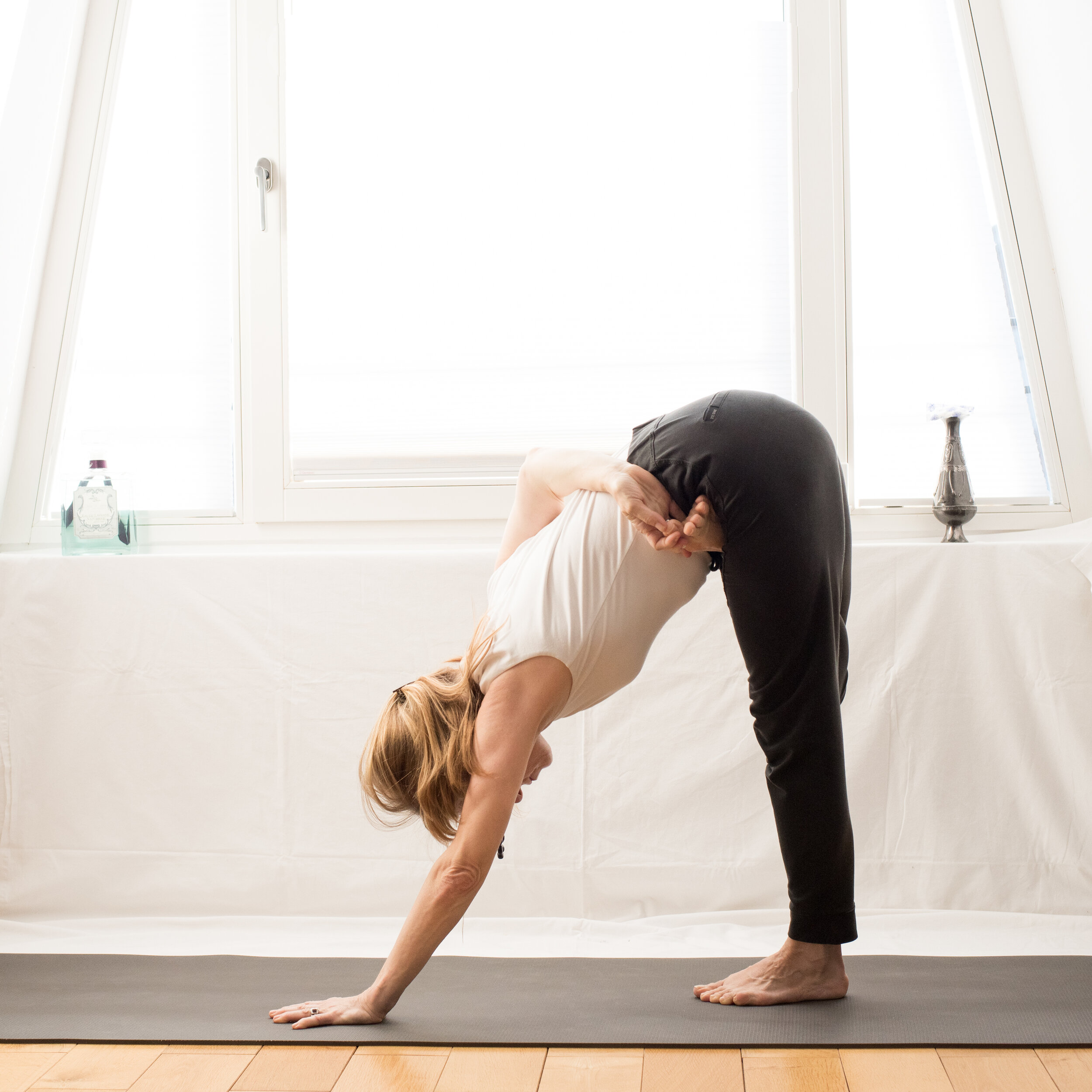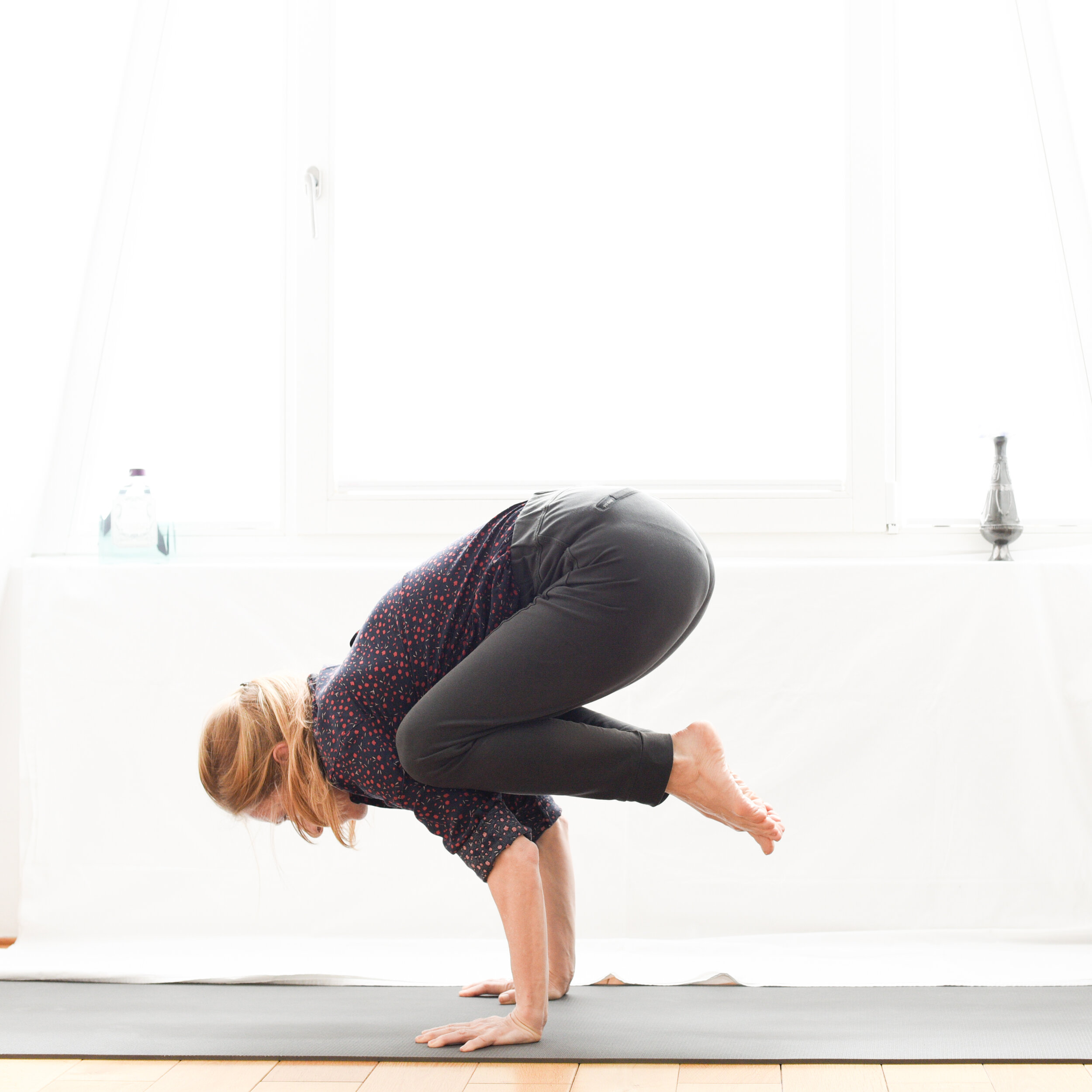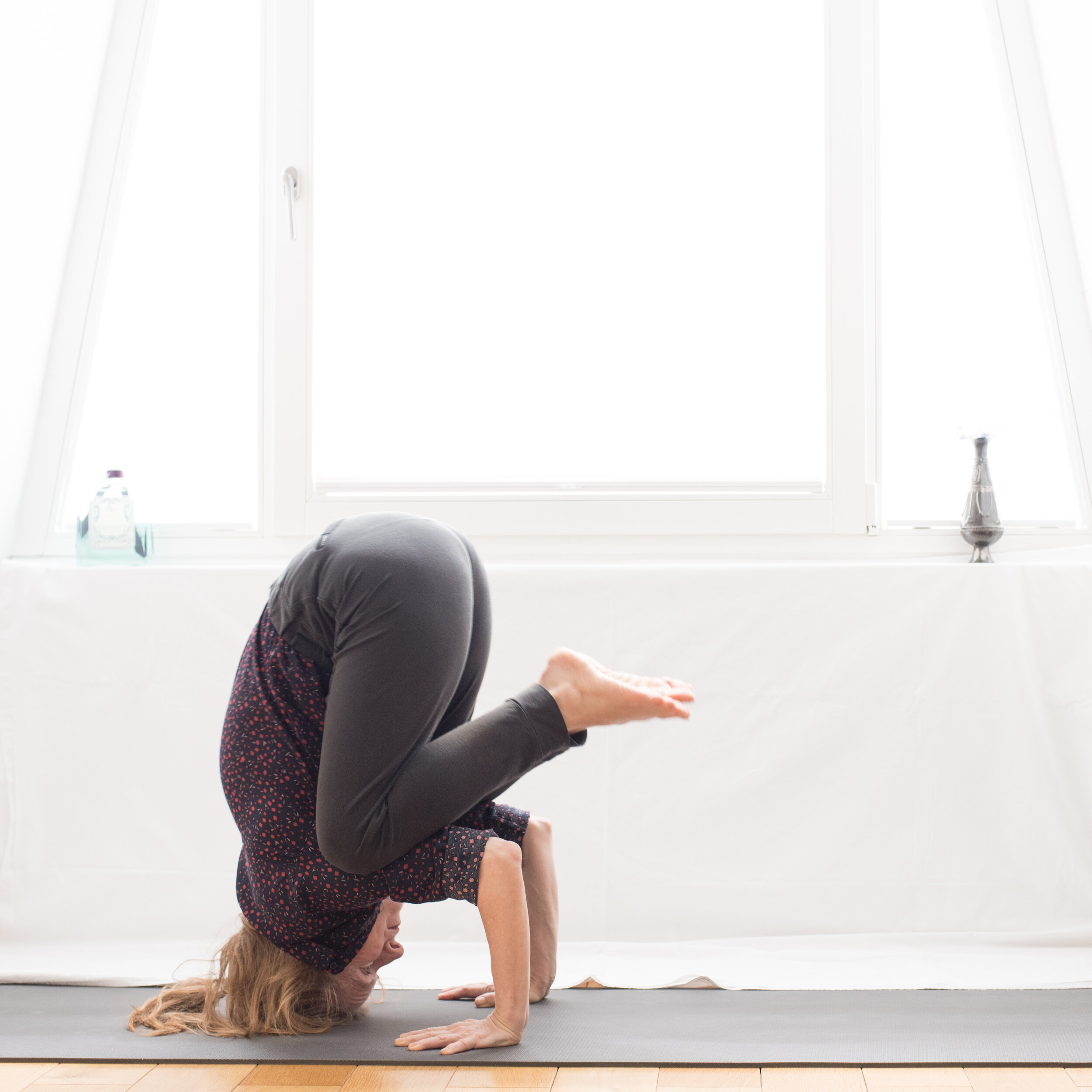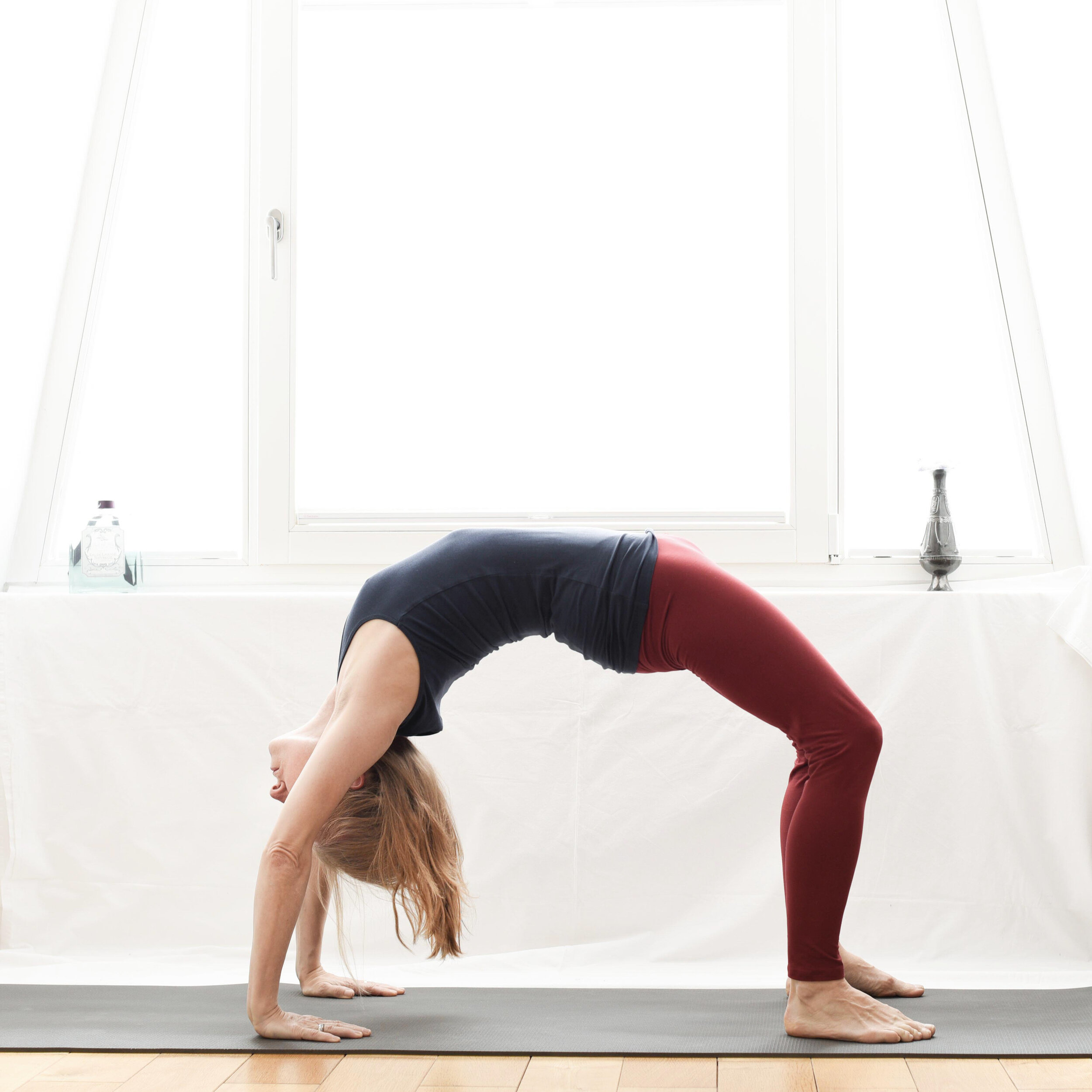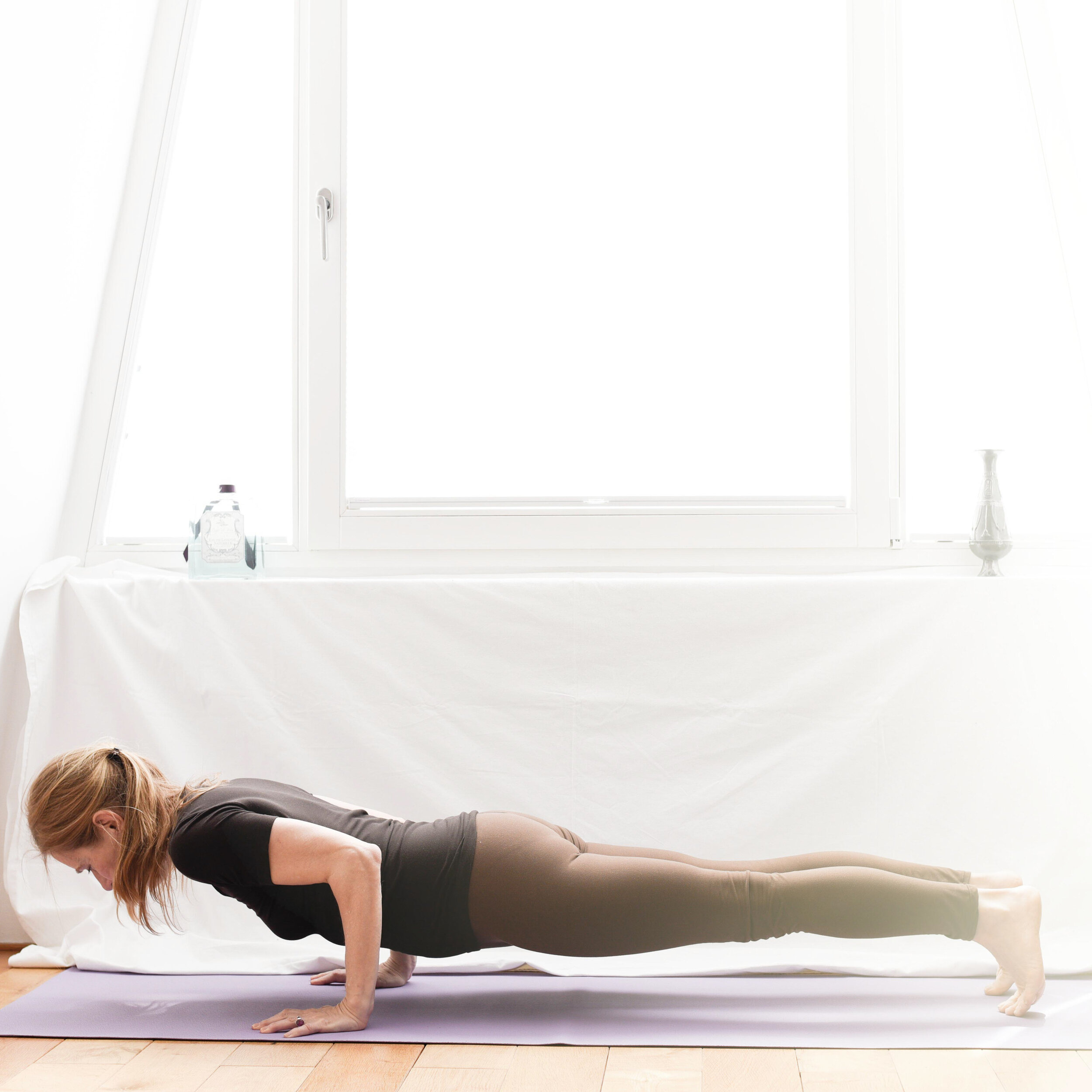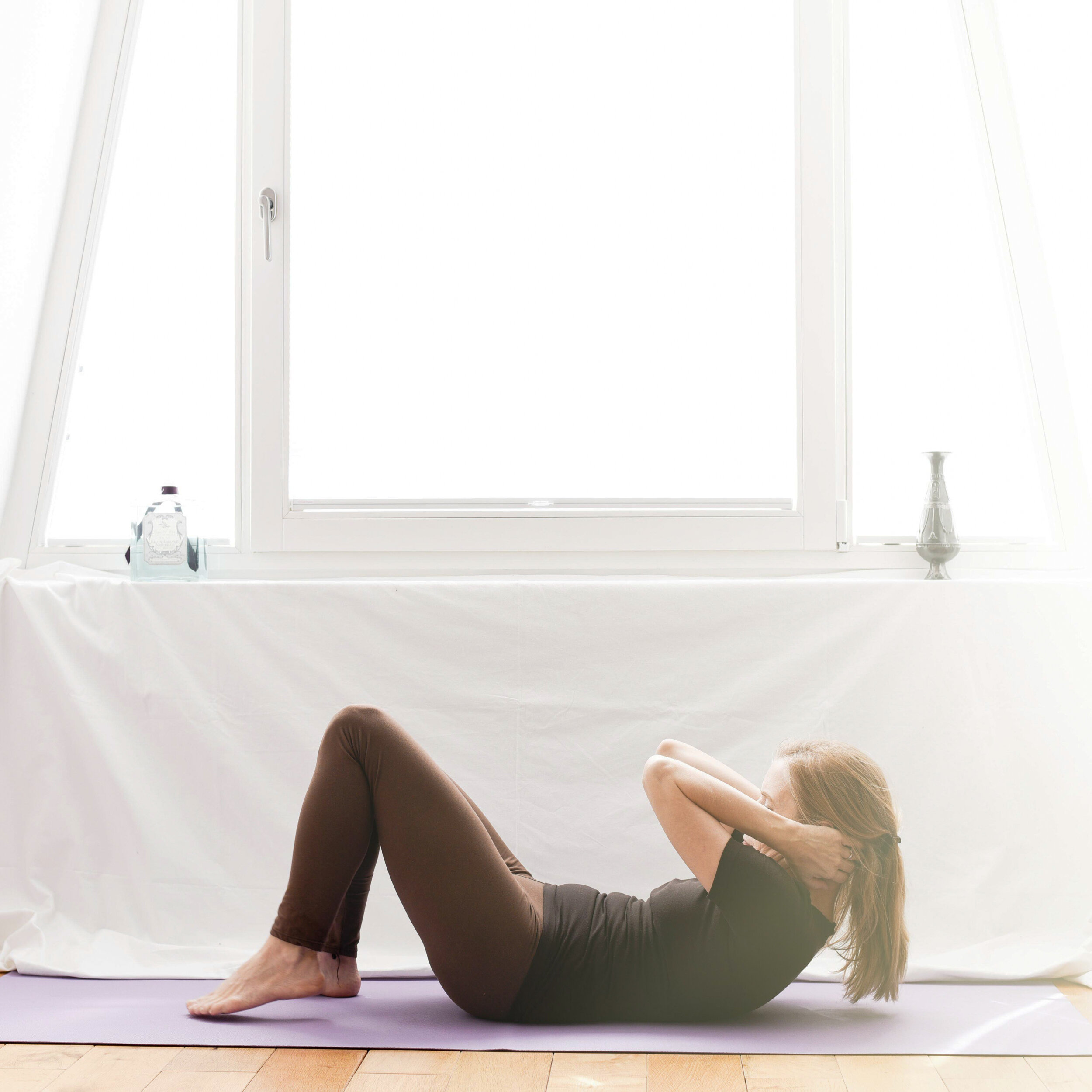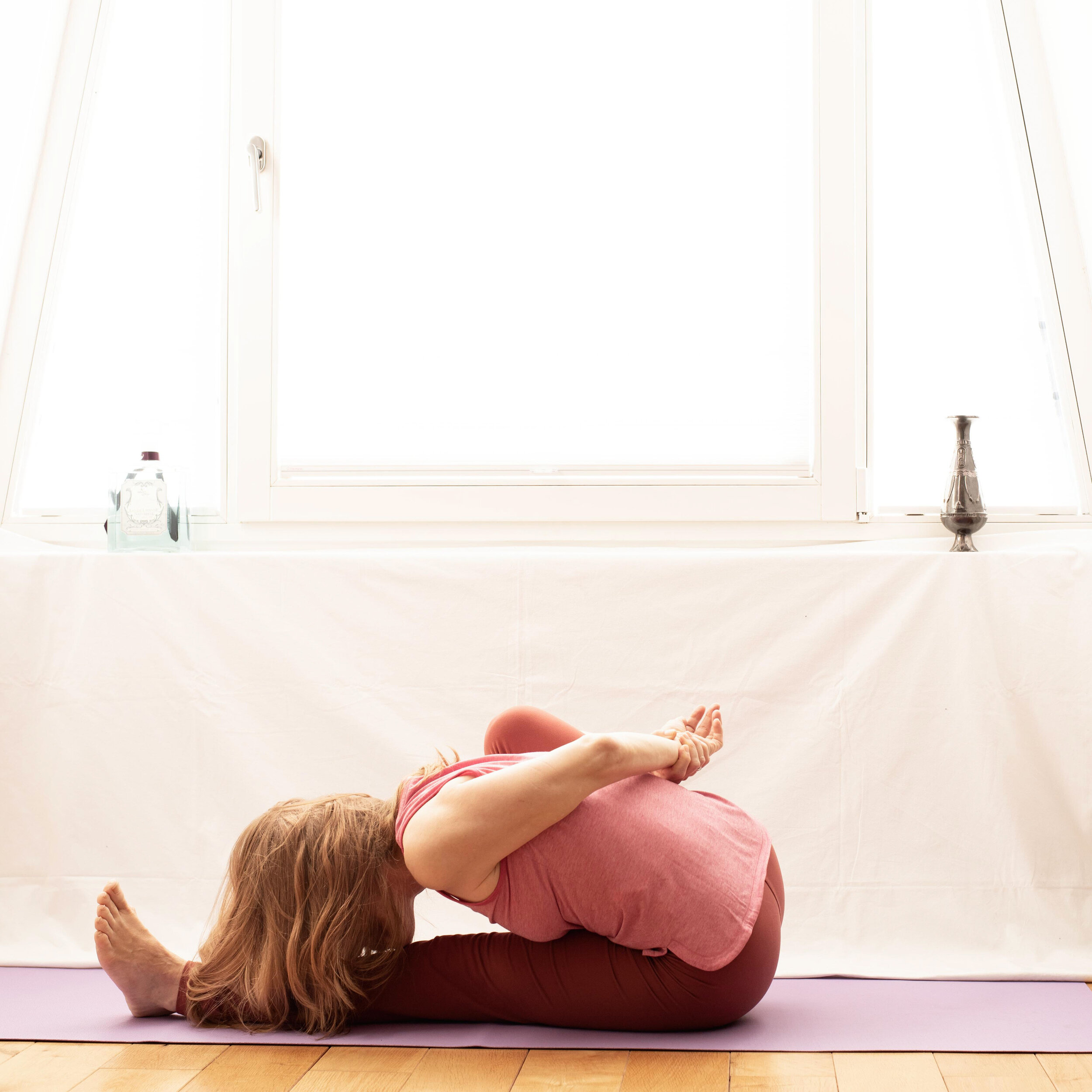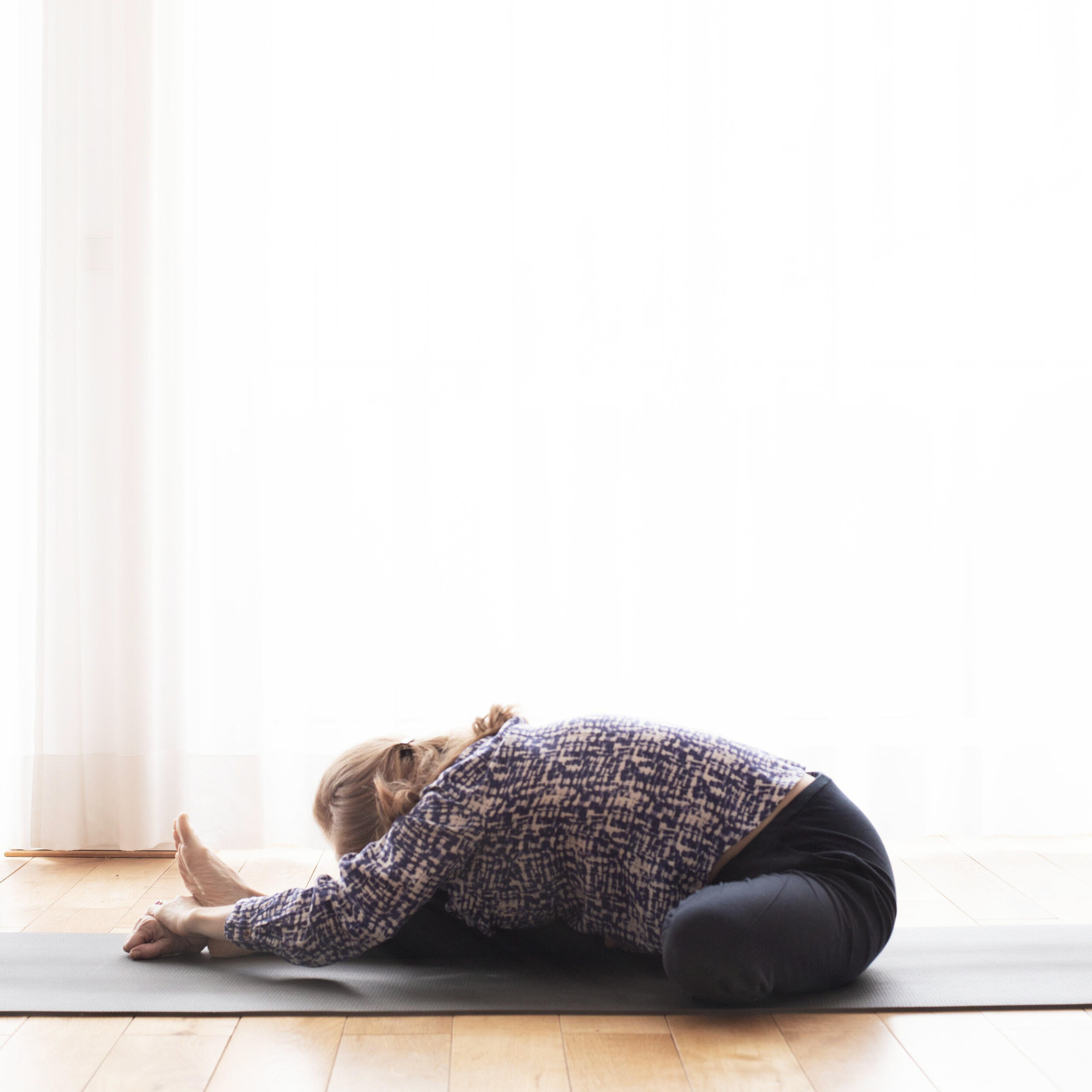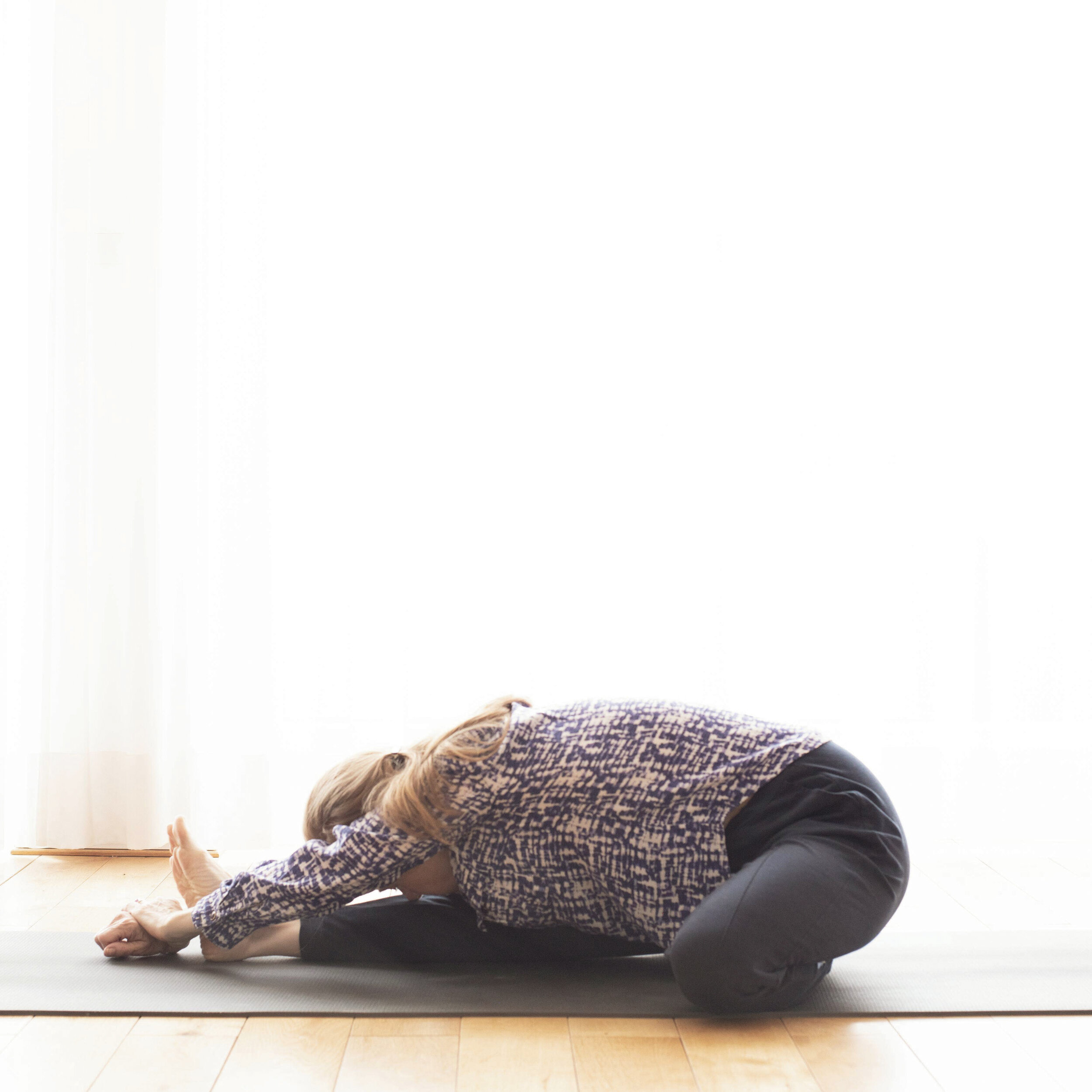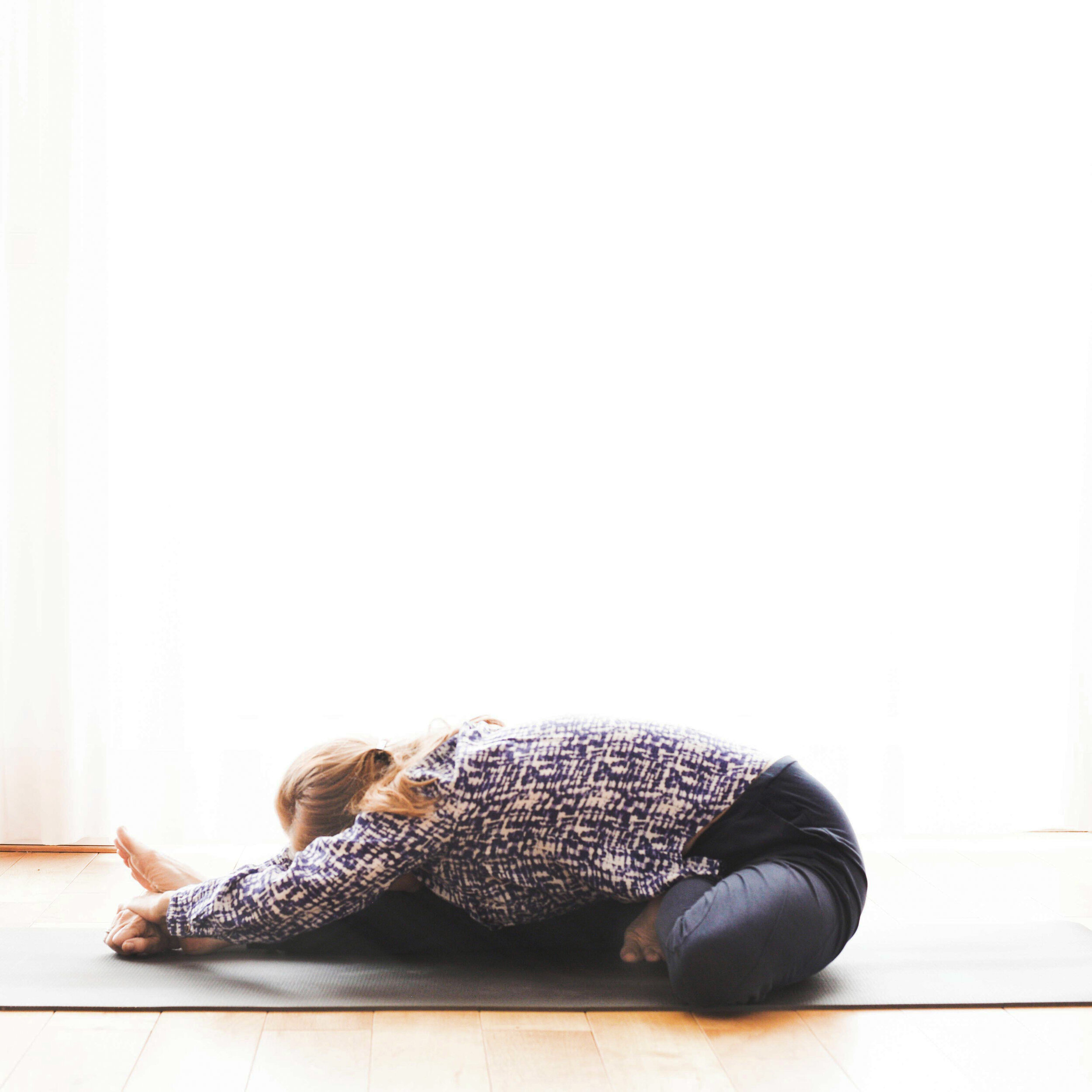Can a person get stronger after 50?
This was the question I read this morning on Qura before my yoga practice. I knew the answer. Of course a person above 50 can get stronger. Also a person above 60 and 70 and 80 can get stronger, if she is willing to do the work.
The author made clear, that if someone no matter what age wants to become stronger he/she must exercise to the point that the muscles start burning. This is experienced as pain. When the muscles start burning it’s important to keep pushing. No pain, no gain, is true. These little muscle injuries that happen when someone exercises hard enough get repaired by the body. We feel that we have sore muscles the other day. But through healing the muscles get stronger. The body needs time to repair the muscles, this is why strength training experts recommend to take a day off after an intensive training. Over-training should be avoided.
The issue is that most older people are not willing to put in the work. If someone used to exercise in her/his youth it’s easier to begin again. For those people who never moved or never did any sportive activities it’s probably a challenge.
When an exercises is mastered, the body keeps the status quo. This is why body builders and fitness experts recommend to change the exercises every 6 weeks. When a push-up is done with 2 arms, one can try to use only one arm. Squats can be done with one leg stretched and so on……
A strong core is important for every sportive activity. Dancing, running, skiing, gymnastic, you name it. It’s also important for yoga. Without strong abdomen and without strong arms the vinyasa are not possible.
A couple of weeks ago I was not able to do 5 sun salutations A and 3 sun salutations B. I practiced till I couldn’t hold my body anymore in chaturanga. Now it’s possible. Next week I’ll become 61, I’m the proof that one can get stronger if one is willing to practice.
The bad news is that if you stop practicing for only 1 week, 10% of the strength is gone again.
It’s best to keep practicing. Breaks are the beginning of set backs.
For me the reward is huge: Independence.
I want to be able to open my water bottles on my own till my last breath. I want to be able to walk around without technical help for as long as possible. Being able to do the chores and cooking on my own is also not that bad. Oh, and I almost forgot, I want to be able to carry my suitcase on my own. I hope that traveling will be able again after Corona.
Life needn’t to aggravate when we get older. If this is a wish strength training should become part of the daily or (almost daily) routine. As mentioned already it’s enough to train strength every second day. Strength training is different to stretching.
I prefer to stretch for sure. But being strong is equally important. I know the theory. I also know that it’s not easy to motivate myself to work on my strength. I try to integrate exercises in my daily yoga practice. Of course it could be good to do an extra session. 1% practice is better than 99% theory………
